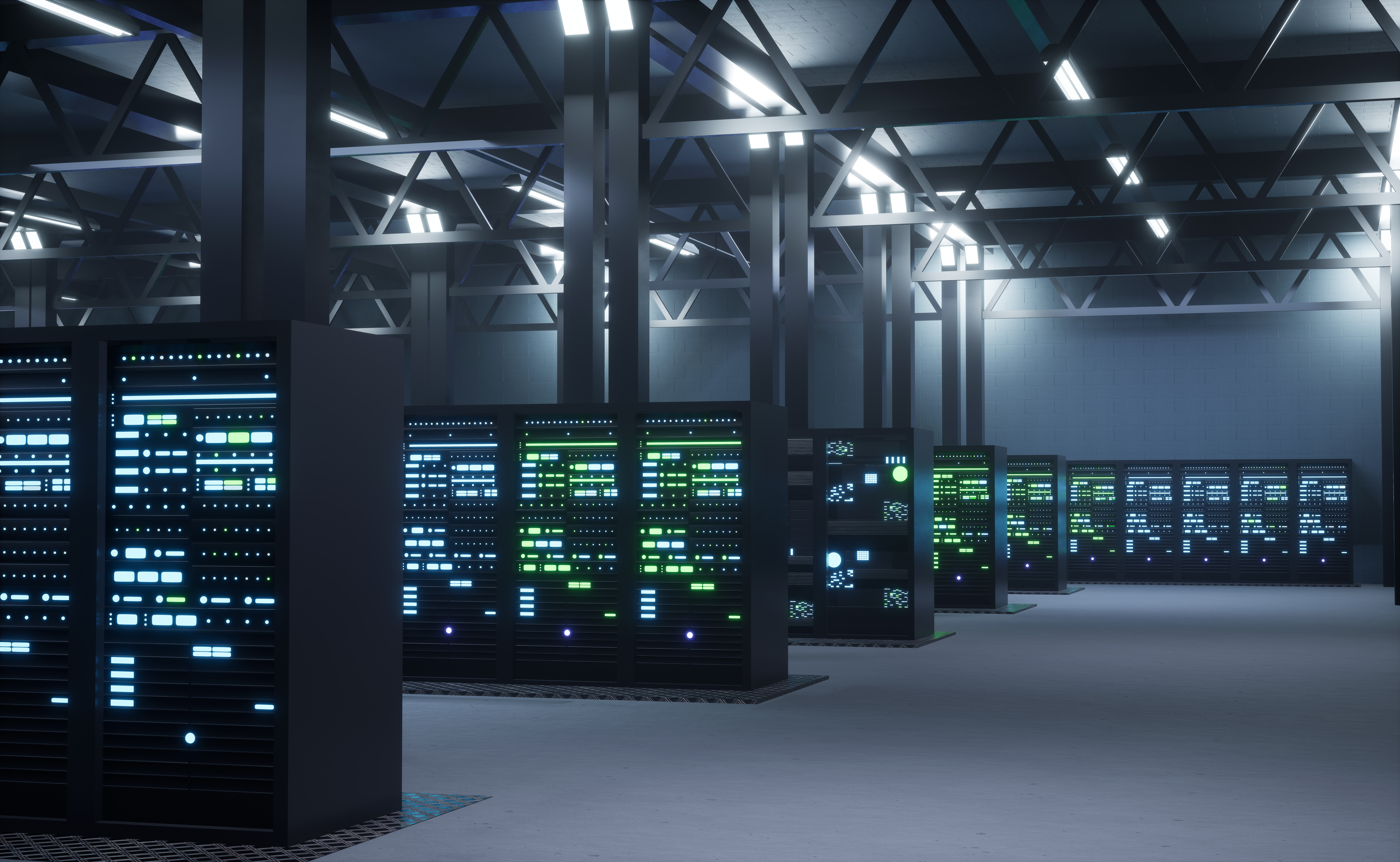RICS has published its 2025 report on AI in Construction, offering a global snapshot of how the built-environment sector views AI integration. The findings draw on over 2,200 survey responses from professionals across geography and disciplines.
The report finds that AI adoption remains limited: 45 percent of organisations report no AI use, and just under 12 percent say AI is used regularly in specific workflows. Fewer than 1 percent have AI embedded across multiple processes.
Preparedness is also low. While some firms are exploring AI, most have yet to move beyond early discussions. Only about 20 percent are engaged in strategic planning or proof-of-concept pilots, and very few have budgeted implementation roadmaps.
Despite this, confidence in AI is strong. Professionals see the most significant potential in progress monitoring, scheduling, resource optimisation, contract review and risk management. Over the next five years, many expect the most critical impact in design optioneering, where AI could help evaluate multiple alternatives in early project phases.
The survey also flags key barriers: lack of skilled personnel (46 percent), integration with existing systems (37 percent), data quality and availability (30 percent), and high implementation costs (29 percent).
To overcome these challenges, RICS recommends a coordinated roadmap with leadership from industry, government support, ethical guardrails, workforce upskilling, shared data standards and transparent pilot projects.
Would you like to learn more about AI, tech and digital diplomacy? If so, ask our Diplo chatbot!










